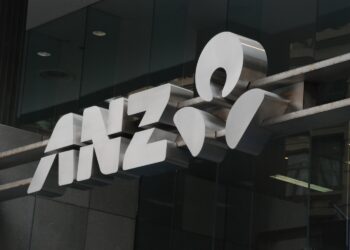The report by KPMG, Transformation in the Superannuation Industry, forecasts that in five years’ time, the current 217 APRA-regulated funds will have shrunk to 138.
Regulatory pressure, scrutiny and oversight have been named as tailwinds driving the acceleration of mergers, with new standards evoking an increased focus on member outcomes, fees, costs and performance, default arrangements and prudential oversight.
The current 38 industry is expected to drop to 21 in five years, and further decline to 12 by 2029. In the retail segment, the existing 118 funds are predicted to shrink to 74 in five years and 52 within a decade.
Meanwhile SMSFs are expected to grow by 30 per cent over the next decade to a total of 771,000.
Analysts have made the call after there was a steep incline in the size of declared mergers in 2019, with the average size of the transferred fund being $22.3 billion compared to $1.5 billion the year before.
There were 2.1 million members that moved from smaller to larger funds in 2019, a tenfold jump from 200,000 the year prior – and the average size of the receiving fund was $57 billion, compared to $27 billion in 2018.
Linda Elkins, head of wealth and asset management said the addition of the COVID-19 pandemic to the mix had boosted pressures on funds to merge.
The impending implementation of the Financial Accountability Regime is also weighing on the sector, alongside other regulatory measures such as APRA’s MySuper Heatmap.
“We are beginning to witness the announcement of larger-scale mergers in addition to the more common smaller fund consolidating into a larger fund,” Ms Elkins said.
“This demonstrates funds are becoming increasingly ambitious in their pursuit of scale and for many already large funds, targeting smaller subscale funds may not be the best mechanism to achieve a material outcome in regard to scale and its associated benefits.
“An increasing number of Australia’s superannuation funds are going to achieve a scale over the coming years unprecedented in our economy, positioning a number of these funds as some of the largest globally. With this growth comes significant opportunities across our economy, political environment and the retirement outcomes of all Australians.”
As a result of the consolidation across the industry, there are expected to be fewer small funds with low membership bases as the push to enhance the scale of funds continues. Instead, large and “mega” funds are touted to be on the rise, with the average fund size to grow.
Further, the report points to a transition in the retail wealth environment largely separated from the major banking institutions.
Funds are expected to face heightened awareness around fund performance as well as demographic shifts and changing customer preferences.
David Bardsley, superannuation advisory partner at KPMG said regulatory pressure, increased demand for customised services and an increased need for investment to deliver higher member outcomes are putting a strain on business models across all fund categories.
“This leads to greater pressure to manage costs and revenue and fee model pressure. This is not going to stop which is why we see an acceleration of merger activity,” Mr Bardsley said.
“It is true that there are many challenges associated with choosing the right merger partner and then taking that from conception to completion – and for many funds it will be their first experience of doing so. There are risks involved but there are also many risks of not doing so – including slower growth and poor member outcomes.”







